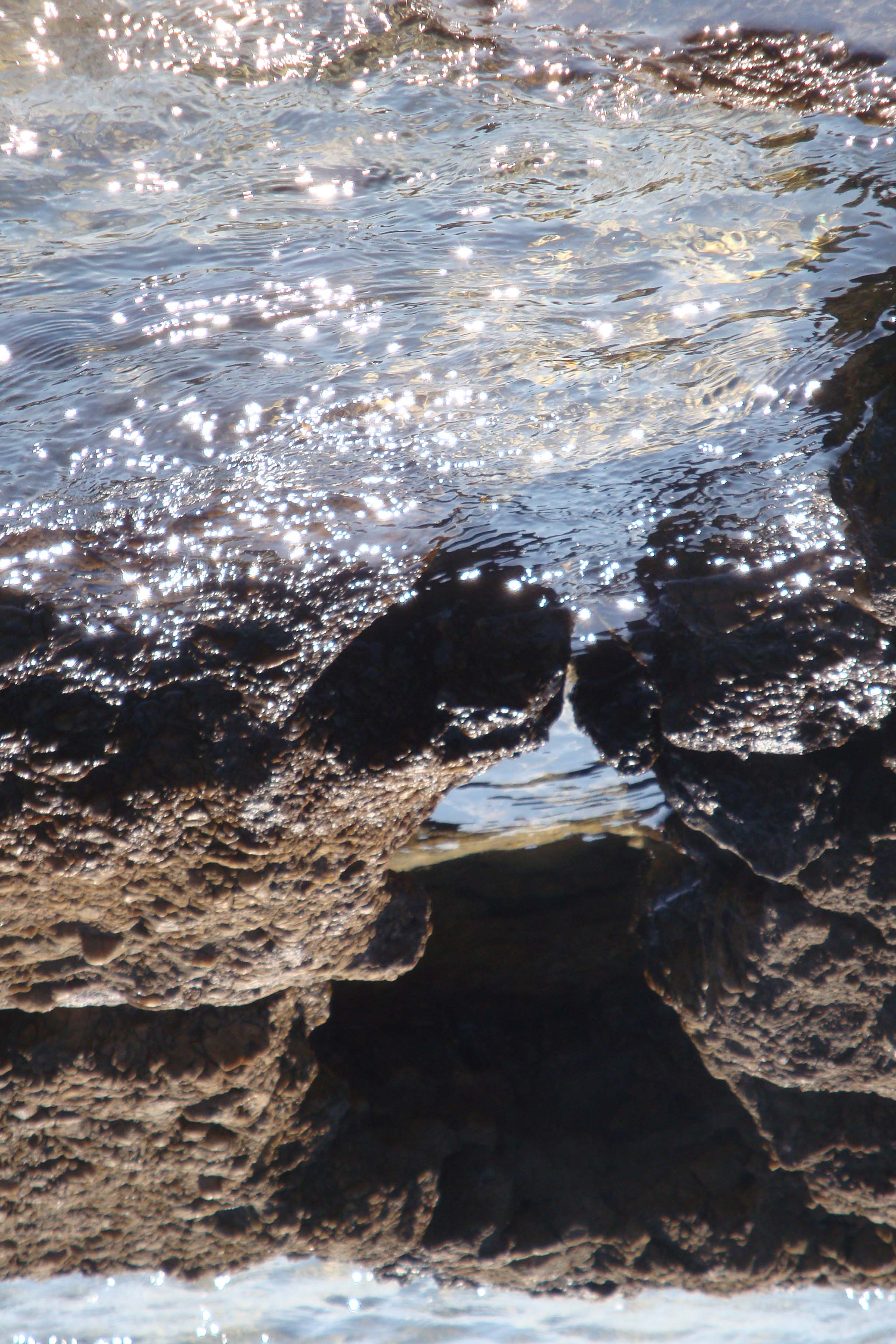Pili‘Oha/Kinship: (Re)Imagining Perceptions of Nature and More-Than-Human Relationality
DOI:
https://doi.org/10.17742/IMAGE.CR.10.1.12Keywords:
biodiversity, conservation, HawaiiAbstract
This essay draws from a larger ethnographic study looking at the complex contextuality of biodiversity conservation in Hawaii. This article uses vignettes to communicate its focus. These vignettes are autoethnographic by nature, but are pushed further through the use of diffractive methodology (Barad) to include social-media visuals, multispecies encounters, and Native Hawaiian (kanaka maoli) perspectives. Through my ontological and methodological approach, I seek to challenge normative discourses on human exceptionalism, nature-culture dichotomies, and the manner in which industrialized societies place hierarchies on species and matter, as well as how these conversations might impact conservation. In this article, and through these vignettes, I explore what it means to be native and how my own positionality situates studying the social and cultural milieu of conservation issues in Hawaii.
Downloads
Published
How to Cite
Issue
Section
License

This work by https://journals.library.ualberta.ca/imaginations is licensed under a Creative Commons 4.0 International License although certain works referenced herein may be separately licensed, or the author has exercised their right to fair dealing under the Canadian Copyright Act.




